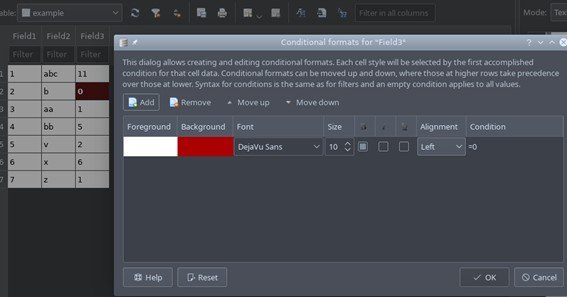In this blog, we address the question why does db browser for sqlite crash when deleting records. Users have reported that the DB Browser for SQLite sometimes crashes during delete operations, leading to data management frustrations. In this article, we delve into possible causes—from memory issues and database corruption to software bugs and incompatible configurations—and offer practical troubleshooting tips to help resolve the problem.
Potential Causes and Solutions
1. Memory and Resource Limitations
One common reason for crashes during deletion operations is insufficient memory or resource allocation. Deleting large amounts of data can strain the system, particularly on older hardware or systems with limited RAM.
- Solution:
Close other applications to free up resources and try performing deletion operations on smaller data chunks. Consider increasing the available memory if possible.
2. Database Corruption or Inconsistencies
Database corruption or inconsistencies can also lead to crashes. If the SQLite database file is partially corrupted, delete commands may trigger errors that cause the application to crash.
- Solution:
Run integrity checks using the built-in SQLite commands (e.g.,PRAGMA integrity_check;) and back up your data regularly. Repair the database or restore from a backup if corruption is detected.
3. Software Bugs and Version Issues
Bugs in the DB Browser for SQLite application or conflicts between the software version and the SQLite engine can result in unexpected crashes, especially when performing delete operations.
- Solution:
Ensure you are running the latest version of DB Browser for SQLite, as updates often address known bugs. Check the official release notes or community forums for any reported issues with the delete functionality.
4. Incompatible Configurations or Extensions
Sometimes, custom configurations or additional SQLite extensions might interfere with standard delete operations, leading to instability and crashes.
- Solution:
Review your configuration settings and disable any non-essential extensions. Testing the deletion process in a default configuration can help isolate the issue.
5. User Interface or Scripting Errors
If you are using the DB Browser’s scripting capabilities or executing delete commands through the interface, syntax errors or unexpected command sequences can also cause the application to crash.
- Solution:
Double-check your SQL syntax and ensure that the delete commands are structured correctly. Using a transaction block can help manage errors more gracefully during deletion.
FAQs
- What are the common reasons DB Browser for SQLite crashes during delete operations?
Crashes can be caused by resource limitations, database corruption, software bugs, incompatible configurations, or errors in SQL scripting. - How can I check if my SQLite database is corrupted?
Run thePRAGMA integrity_check;command within DB Browser for SQLite. This command will report any issues with the database’s integrity that could lead to crashes. - What steps should I take if the application crashes repeatedly when deleting data?
First, update to the latest version of DB Browser for SQLite. Then, try reducing the volume of data deleted at one time, perform database integrity checks, and review any custom configurations or extensions that might be causing conflicts. - Are there any best practices for deleting large amounts of data in SQLite?
Yes, it’s recommended to delete data in smaller batches, use transactions to manage deletions, and regularly back up your database to avoid data loss and minimize the risk of crashes. - Where can I find further support if DB Browser for SQLite continues to crash during deletion?
Visit the official DB Browser for SQLite forums, check GitHub issues, or consult community-driven support sites for advice from other users who may have experienced and resolved similar problems.
This comprehensive guide on why does db browser for sqlite crash when deleting outlines potential causes—from resource constraints to software bugs—and offers practical solutions to help you troubleshoot and resolve the issue. By following these tips and best practices, you can work towards a more stable and reliable database management experience.
Keep reading for more information on why-does-it-feel-like-your-best-effort-isnt-enough










